Rethinking Pricing: How Dynamic Markdowns can Combat Food Insecurity
Retail TouchPoints
NOVEMBER 11, 2024
is at an all-time high, with one in four Americans struggling to afford basic groceries due to rising food costs – a situation only exacerbated by inflation. Why Dynamic Pricing Isn’t Working At first glance, dynamic pricing seems like a smart solution — prices go up when demand spikes and down when there is surplus.


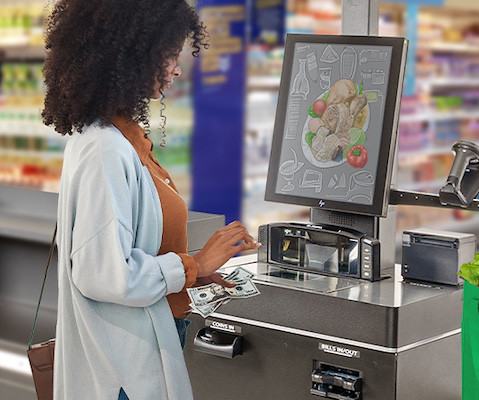




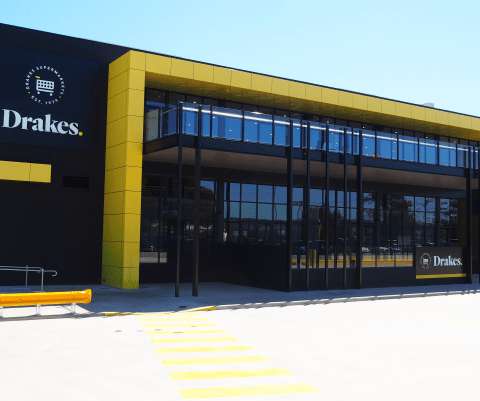
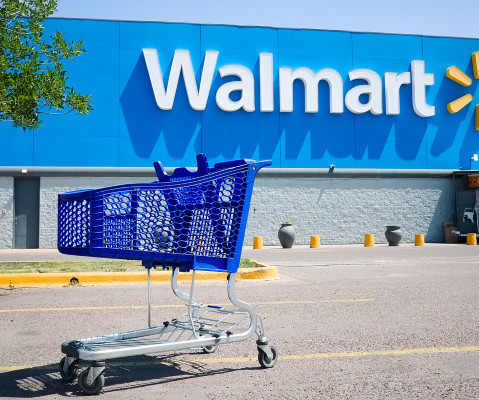
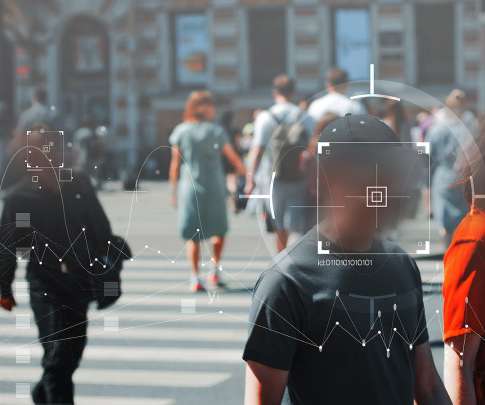

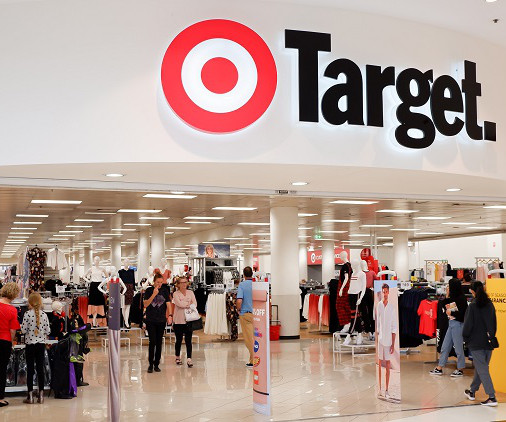
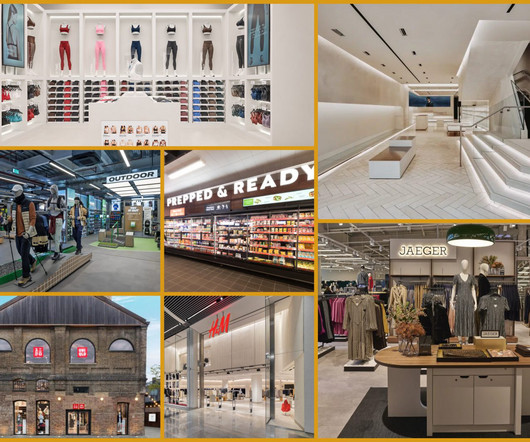






Let's personalize your content